Skin Spots and What Causes Them
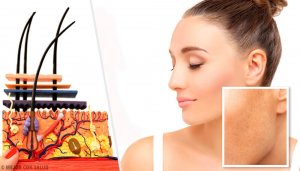
Do you suffer from skin spots?
To understand what skin spots are and where they come from, first we’ll have to look at what your skin is.
Skin is the largest organ in your body and it covers it completely. It fulfills many functions, some of which are that it:
- Protects your from infections,
- Regulates your body temperature,
- Stores water,
- Stores fat,
- Protects you from heat and light,
- Is a sensory organ.
Throughout your whole body, the characteristics of your skin vary in color, thickness and texture.
What Gives Your Skin Color?
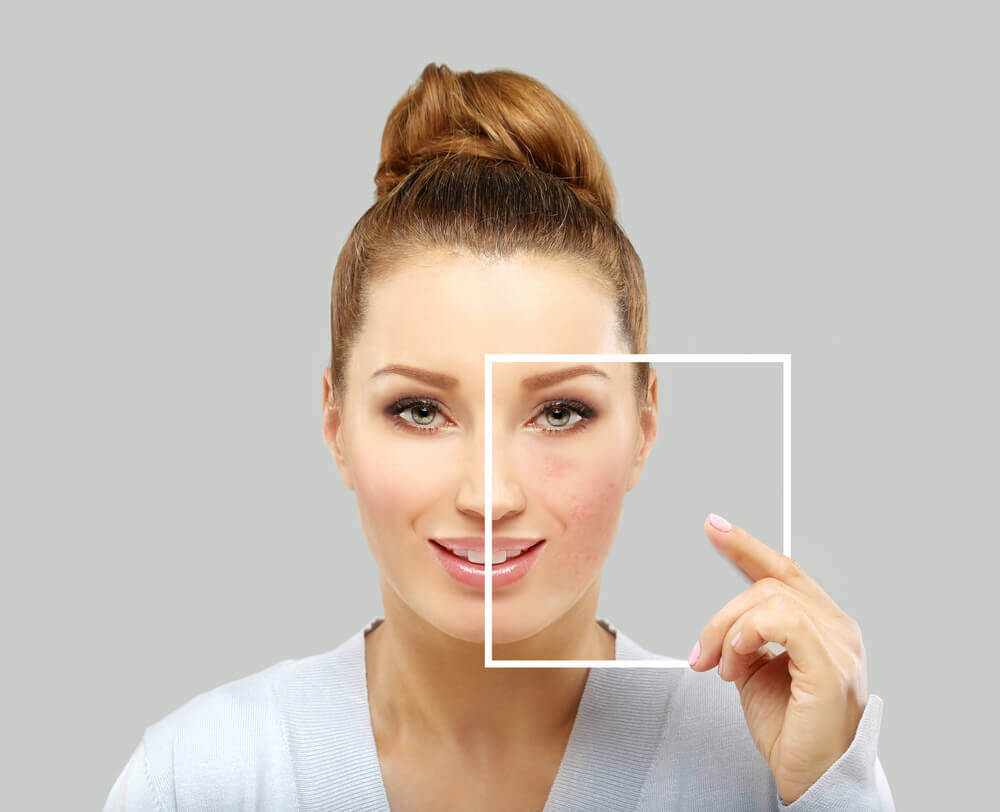
The color of your skin is a physical and genetic feature. Various factors intervene, such as:
- Melanin, the most important. It’s a dark color and its presence is the determining factor of your skin color.
- Hemoglobin, a component of your blood. It gives a red color.
- Carotene, which gives an orange pigmentation.
- Being exposed to ultraviolet rays or radiation.
- Taking certain medications.
Your skin is prone to spots that are different types, shapes, or places. The majority of the spots are harmless and go away by themselves, but it’s good to know where they come for.
Melanin is responsible for giving your skin pigmentation. It’s produced by melanocytes, cells that you find in your epidermis, the top layer of your skin, and has the function of making this pigment.
Melanin is distributed among the other cells, which is how it all looks uniform. This distribution of melanocytes can cause:
- Benign groups: freckles, age spots, and moles.
- Loss of pigmentation, forming white spots, called hypopigmentation.
Also read:Natural Gel for Treating Stretch Marks, Wrinkles, Burns and Blemishes
The Most Common Types of Skin Spots
White Spots, or Hypopigmentation
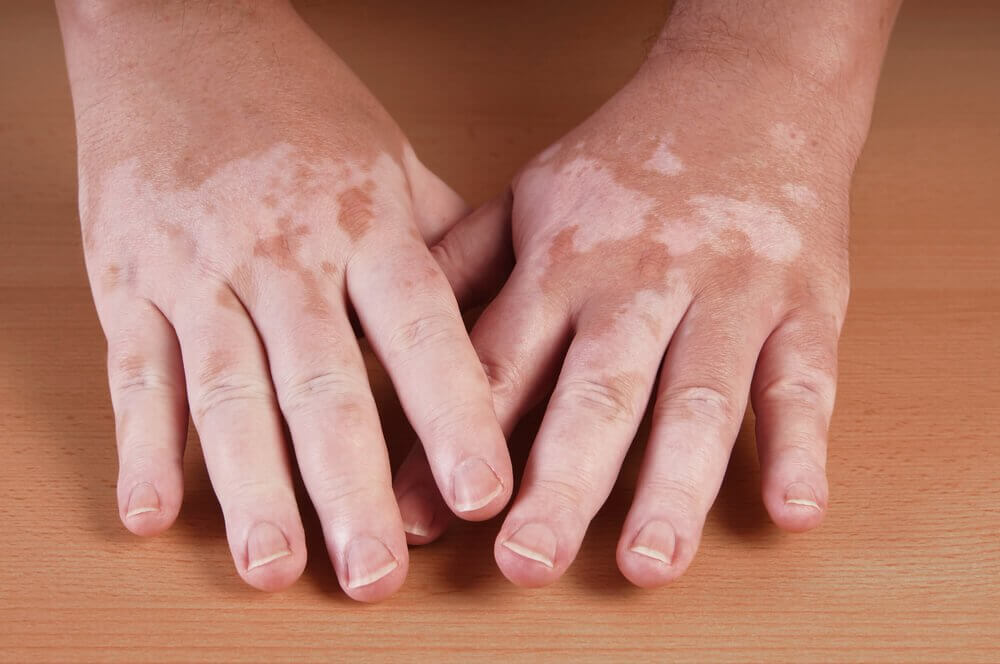
- From trauma, burns, or blisters: injuries that exhaust melanin.
- Congenital imbalances, like vitiligo or albinism. Vitiligo can appear as a pale spot in your skin that later spreads to your whole body. Its aesthetic appearance could cause psychological problems in the person that suffers from it.
- As a result of skin inflammation or infection that causes damage to the melanin. This is the case with seborrheic dermatitis, for example.
- From age. These appear with brown spots after your 40’s. It’s unclear why, but it’s believed that they appear due to sun exposure over so many years.
Red Spots
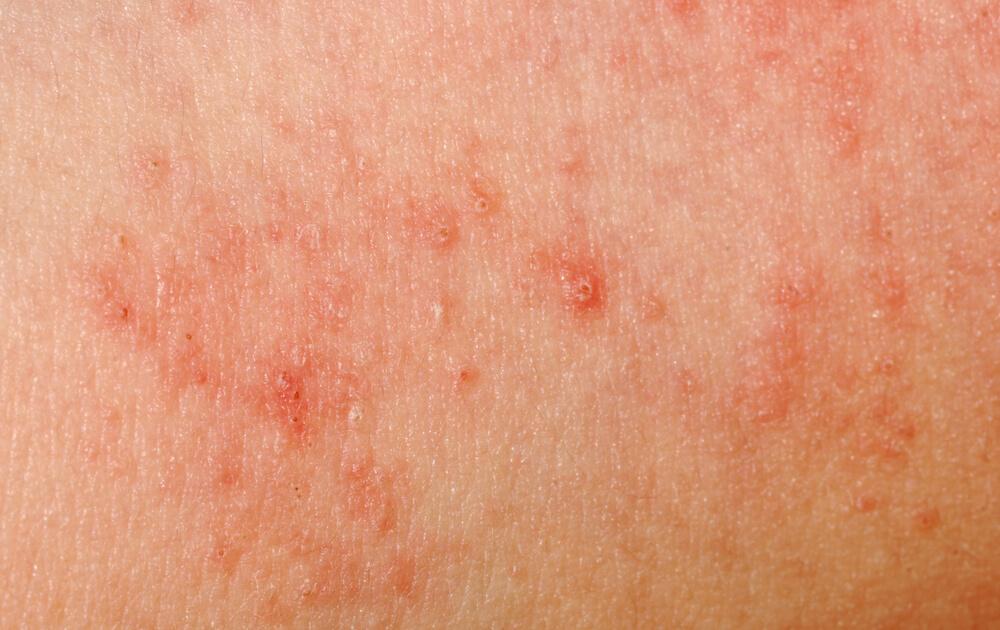
- Birth marks. These are marks from when you’re born, and are abnormal blood vessels in your skin.
- Acne. They mainly appear as pimples on your face. You can see them mostly on teenagers.
- Angiomas or papules. They are blood vessels that group together and form bumps. They can form on the outer layer of the skin or deeper down.
- Allergic reaction. These outbreaks can be caused by different allergens, like food, makeup, medications, etc.
- Petechiae. They form from tiny blood vessels breaking under your skin and look like little red spots.
- Heat rash. In hot places, sweat gets trapped under your pores and little red marks appear.
- Sicknesses. There are more serious problems that cause redness in your skin such as chicken pox, lupus, bruises or syphilis, among others.
Dark Spots
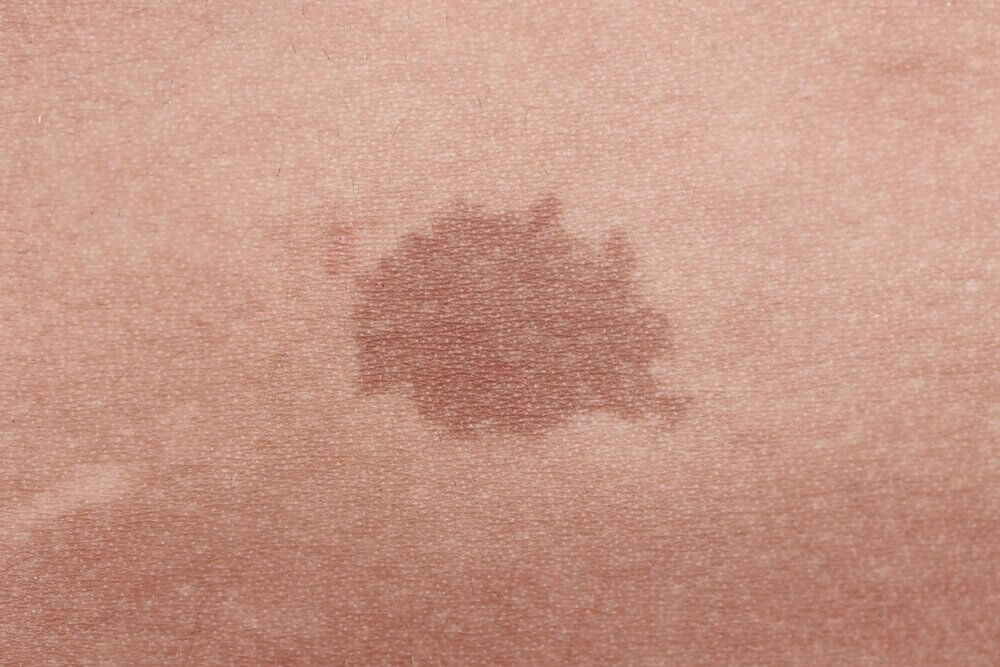
These spots are darker and are formed by higher amount of melanin than the rest of your skin.
Generally, they aren’t harmful to your health and they only affect appearance, depending on where they are and how big they are. You may be born with some, whike others appear over time.
We recommend you read: How to Naturally Reduce the Appearance of Age Spots on Your Hands
Main Types of Hyperchromatic Spots
- Birth marks. They are genetic and completely harmless.
- Age spots. They appear with age in parts of your skin that are exposed to the sun the most, such as your face, forearms, and hands. They are not dangerous.
- Pregnancy spots. These are light spots, about the color of coffee with cream, that mainly appear on your face. If you don’t use sunscreen, more may appear. They are a product of huge hormonal changes that your body causes when you are pregnant.
- Menopause spots. However, they could also appear from taking oral contraceptives that cause hormonal changes.
- Moles. They are tiny, dark, raised marks that can appear in any part of your body. They come in all shapes and sizes. You should consult your doctor if any mole changes in shape, color, or size.
- Freckles. They mainly appear on the faces of people with light skin, and it’s a genetic component. Generally, they don’t represent any health problems. You might see them on your face, arms, neck, and back.
All cited sources were thoroughly reviewed by our team to ensure their quality, reliability, currency, and validity. The bibliography of this article was considered reliable and of academic or scientific accuracy.
- Depigmentation.
vitiligosupport.org/treatments_and_research/depigmentation.cfm - Vitiligo basics. Lerner, A., & Moellmann, G.
mynvfi.org/about_vitiligo - Petechiae. Mayo Clinic Staff. (2015).
mayoclinic.com/health/petechiae/MY01104/METHOD=print - Cherry angiomas on the scalp. Kim J-H, et al. (2009).
ncbi.nlm.nih.gov/pmc/articles/PMC2895217/
This text is provided for informational purposes only and does not replace consultation with a professional. If in doubt, consult your specialist.








